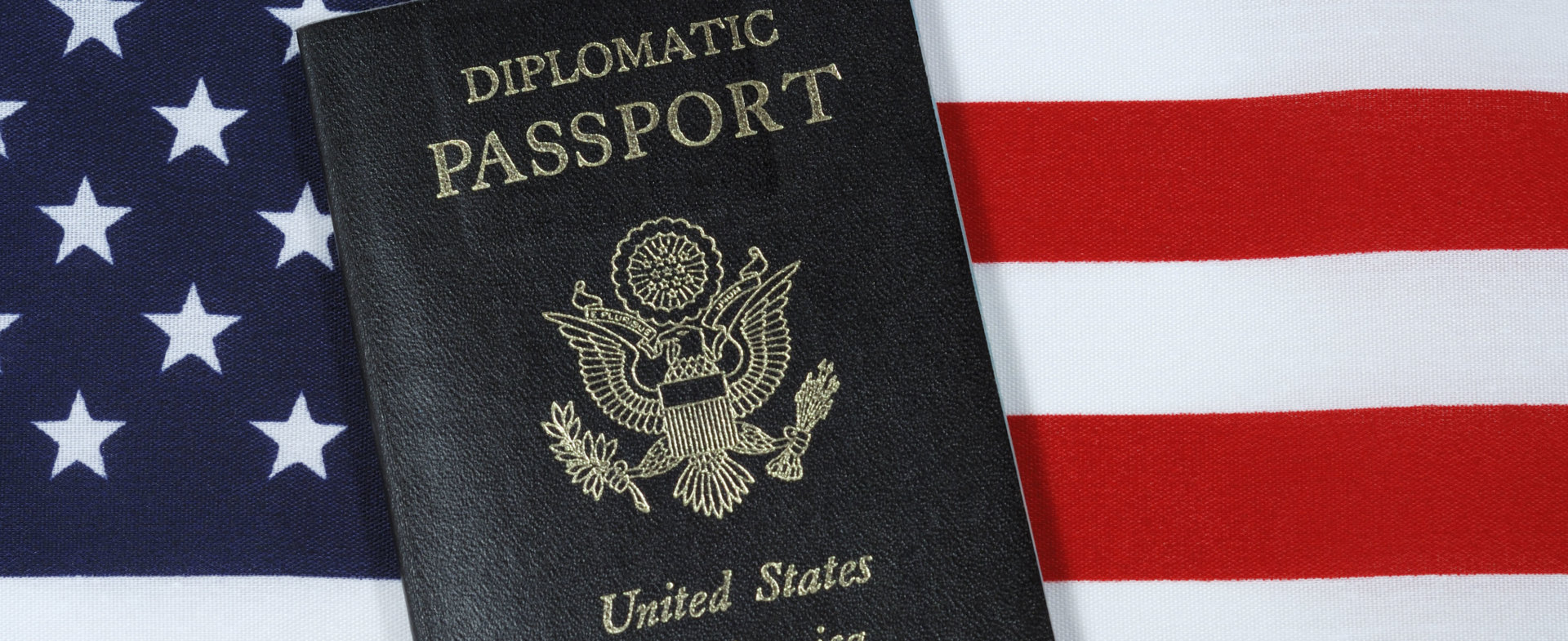To be an effective public diplomat, you need a well of sufficient soft power resources on which to draw. There is no canonical definition of public diplomacy (PD), but the official practice of it involves using informational, educational and cultural tools to engage with international audiences to advance foreign policy goals. For the United States, PD officials often design strategies and employ tools that leverage what makes America popular and attractive. These tools include social media platforms that help build virtual networks with foreign citizens, and/or educational and cultural exchanges that ensure that those citizens have a direct and authentic experience with Americans and/or the United States that can help them build a more nuanced understanding of the country. PD activities also encourage American citizens to have a relationship with the world that is deep and enduring, so that we can better understand people who are unlike ourselves.
Relationships, however, are inherently complex. They can take many different forms over many years. The empathy one country has for the population of another can ebb and flow. In the international system, it can acutely depend on events and the people in power. While we now have a framework to understand how a country builds and sustains soft power, assessing the impact of public diplomacy activities that rely on that soft power over the very long term has been more elusive.
For the US government, there is no shortage of PD outputs to boast of. As of June 2017, there are more than 90 educational and cultural programs; 450 US embassy and consulate websites with millions of followers; 700 American Spaces, or hubs for foreign citizens to gain information about – and interact with some dimension of – the US; and more than 450 expert speakers dispatched abroad to engage foreign audiences on various topics about the United States. Of the more than one million US sponsored exchange program alumni worldwide, 485 of them are former or current heads of state. This costs just $1 billion, less than 2% of the combined diplomatic and development budget for the US – a budget that is a fraction of what the US spends on defence spending.
BUT WHAT DOES ALL THIS MEAN? WHAT ARE THE OUTCOMES?
This work is propelled by a sense of faith that for the American economy to grow, for our borders to stay secure, and our culture to become richer and deeper, we must build these global relationships and networks. The outcomes may not be immediately tangible, but they are nevertheless essential for good statecraft and our national security. For some though, including Members of Congress, this conviction is not enough: this $1 billion investment in American national security needs to create considerably high and clearly measurable returns. But whether you are an advocate for or sceptic of public diplomacy, there is incredible value in creating systems of research and evaluation to understand public diplomacy’s impact.
To read more on this topic, please visit our dedicated Soft Power website.

